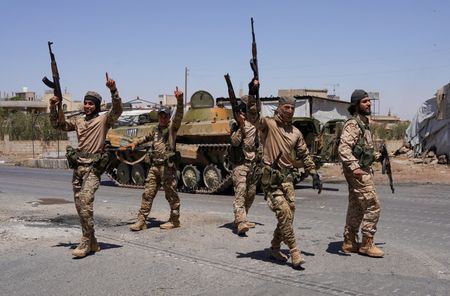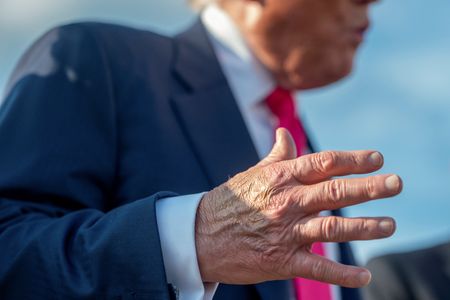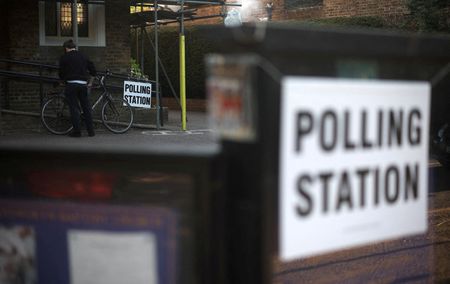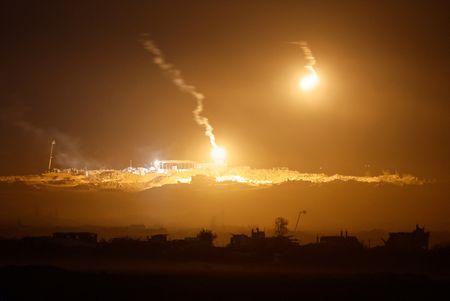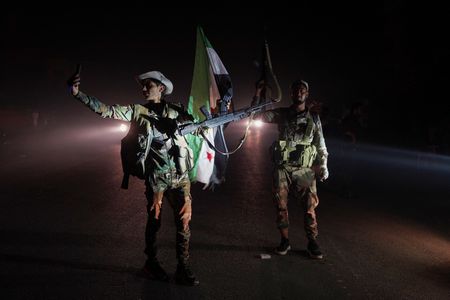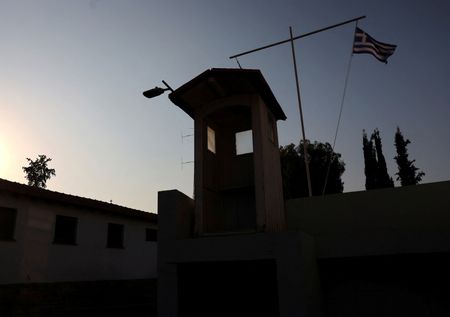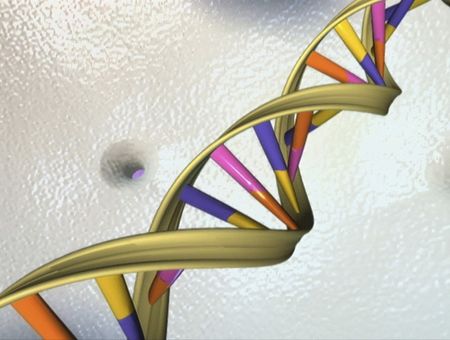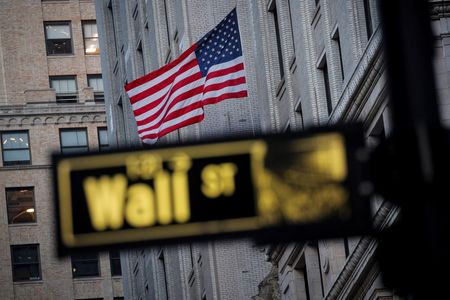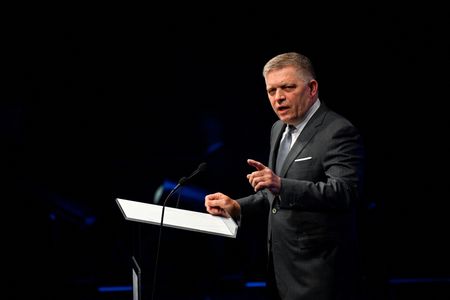BEIRUT (Reuters) -One elderly man had been shot in the head in his living room. Another in his bedroom. The body of a woman lay in the street. After days of bloodshed in Syria’s Druze city of Sweida, survivors emerged on Thursday to collect and bury the scores of dead found across the city.
A ceasefire overnight brought an end to ferocious fighting between Druze militia and government forces sent to the city to quell clashes between Druze and Bedouin fighters.
The violence worsened sharply after the arrival of government forces, according to accounts to Reuters by a dozen residents of Sweida, two reporters on the ground and a monitoring group.
Residents described friends and neighbours being shot at close range in their homes or in the streets. They said the killings were carried out by Syrian troops, identified by their fatigues and the insignia on them.
Reuters was able to verify the time and location of some videos showing dead bodies, but could not independently verify who conducted the killings or when they occurred.
In a video statement early on Thursday, Syrian leader Ahmed al-Sharaa said that protecting the rights of Druze was among his priorities and blamed “outlaw groups” seeking to inflame tensions for any crimes against civilians.
He vowed to hold accountable those responsible for violations against the Druze, but did not say whether government forces were responsible.
The government’s earlier statement on a ceasefire for the region said a fact-finding mission would investigate the “crimes, violations and breaches that happened, determine who was responsible and compensate those affected… as quickly as possible”.
The residents of Sweida who Reuters spoke to said the bloodshed had deepened their distrust of the Islamist-led government in Damascus and their worries about how Sharaa would ensure that Syria’s minority groups were protected.
In sectarian violence in Syria’s coastal region in March hundreds of people from the Alawite minority were killed by forces aligned to Sharaa.
“I can’t keep up with the calls coming in now about the dead,” said Kenan Azzam, a dentist who lives on the eastern outskirts of Sweida and spoke to Reuters by phone.
He said he had just learned of the killing of a friend, agricultural engineer Anis Nasser, who he said had been taken from his home by government forces this week.
“Today, they found his dead body in a pile of bodies in Sweida city,” Azzam said.
Another Sweida resident, who asked to be identified only as Amer out of fear of reprisals, shared a video that he said depicted his slain neighbours in their home.
The video, which Reuters was not able to independently verify, showed the body of one man in a chair. On the floor were an elderly man with a gunshot wound to his right temple and a younger man, face down, in a pool of blood.
Like the other cases of descriptions of killings in the city, Reuters could not verify who was responsible.
Spokespeople for the interior and defence ministries did not immediately respond to questions from Reuters on whether government forces were responsible for the killings in the homes and streets.
The Syrian Network for Human Rights, a rights monitor that documented violations throughout the civil war and has continued its work, said it had verified 254 people killed in Sweida, including medical personnel, women and children.
Its head, Fadel Abdulghany, said the figure included field executions by both sides, Syrians killed by Israeli strikes and others killed in clashes, but that it would take time to break down figures for each category.
Abdulghany said the Network had also documented cases of extrajudicial killings by Druze militias of government forces.
The government did not give a death toll for its troops or for civilians killed in Sweida.
The health ministry said dozens of dead government forces and civilians were found in the city’s main hospital, but did not give further details.
SHOT AT CLOSE RANGE
Syria’s Druze follow a religion derived from Islam and is part of a minority that also has members in Lebanon, Israel, and the Israeli-occupied Golan Heights.
Ultra-conservative Sunni groups including Islamic State consider the Druze as heretics and attacked them throughout Syria’s conflict, which erupted in 2011.
Druze militias fought back, and Sweida was largely spared the violence that engulfed Syria. The 14-year war ended with the ousting of President Bashar al-Assad last December.
When Sharaa’s forces began fighting their way from northwest Syria to Damascus last year, many minorities feared the rebels and were heartened when fighters passed their towns and went straight to the capital.
A reporter in Sweida who asked not to be identified said he witnessed government forces shoot four people at close range, including a woman and teenage boys.
He said bodies littered the streets.
One of them, a woman, lay face up on the pavement with an apparent stab wound to the stomach, he said.
One resident, who asked to remain anonymous, showed the reporter the body of his slain brother in a bedroom of their home on Tuesday. He had been shot in the head.
A video verified by Reuters showed two bodies on a commercial street in central Sweida. Another showed bodies, several with gunshot wounds to the chest, in the Al-Radwan guest house in Sweida.
Ryan Maarouf of local media outlet Suwayda24 told Reuters on Thursday he had found a family of 12 killed in one house, including naked women, an elderly man and two young girls.
It was not possible to verify who killed the people in these cases.
LOOTING HOMES
The reporter said he heard government forces yell “pigs” and “infidels” at Druze residents.
The reporter said troops looted refrigerators and solar panels from homes and also burned homes and alcohol shops, including after the ceasefire was announced on Wednesday.
Some of the residents interviewed by Reuters said government forces used razors, scissors and electric shavers to shave off the moustaches of Druze men – a humiliating act.
Spokespeople for the interior and defence ministries did not immediately respond to questions on troops looting, burning homes, or using sectarian language and shaving moustaches.
As the violence unfolded, Israel’s military began strikes on government convoys in Sweida and the defence ministry and near the presidential palace in Damascus.
U.S. intervention helped end the fighting. Secretary of State Marco Rubio said “historic longtime rivalries” between Druze and Bedouin communities had “led to an unfortunate situation and a misunderstanding, it looks like, between the Israeli side and the Syrian side.”
(Reporting by Maya Gebeily and Yamam al-ShaarAdditional reporting by Monica Naime and Deniz UyarEditing by Frances Kerry)

